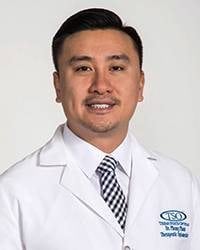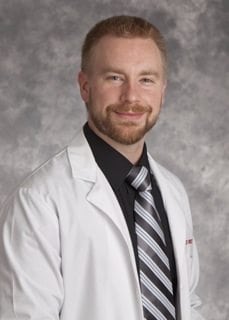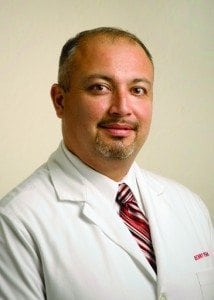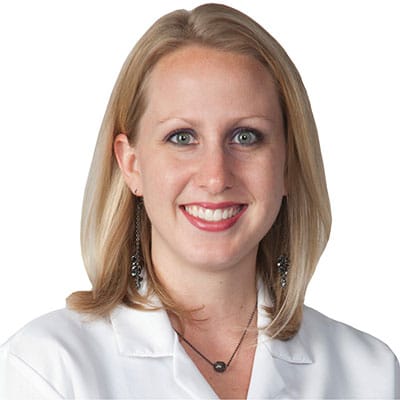Network News
Managing Your Patient Schedule

As offices reopen, most are scheduling at a frequency of one patient per hour. While this frequency of appointment helps to ensure distancing and safety protocols, it also limits the number of people who can be seen during a normal eight or nine hour day. This in turn can lead to having a full schedule for up to three or four weeks. Many patients, especially those that are new will find it frustrating to have to wait this long for an eye exam, new prescription and the purchase of eye wear. How you manage this transition so that you can scale up and not lose out on new patient opportunity is important. We have asked four doctors to comment on how they are managing this process.
 Phong Pham, OD
Phong Pham, OD
– Kingwood, TX
We will start with the filling the schedule one full/routine exam per hour, then If filled, go to a maximum of three per hour with a medical or f/u visit in between. As for right now, we haven’t had any problems with accommodating patients in for that day if needed. We talked about if our schedule does get full, we will start the day an hour earlier to get more patients in.
We are still doing curbside pickup and reinforcing online paperwork for all new patients.
We will wipe down all equipment and chair after exam. Patients and staff are given masks if they do not have them.
 Reid Robertson, OD
Reid Robertson, OD
– Allen, TX
We are currently working through an interesting time, and like much of the nation, we have to balance economics and safety. As we re-open our clinics, we have to find the proper way to grow our practices, treat our patients and keep the patients, our staff and ourselves safe. There is no set way to accomplish all of these items as every practice, demographic and COVID 19 exposure risk is different. These are the key points to consider when re-opening.
 Benny Peña, OD
Benny Peña, OD
– Kerrville, TX
We schedule patients two per hour per OD. One patient arrives every 15 min. while one is in pre-test, one can be in an exam room getting history, acuity, EOM, etc. Only the scheduled patient is allowed in the office.
Patients are still asked to inform us when they arrive to ensure a sterilized room is available for them. We have a door greeter who ask nonscheduled patients what their needs are, and determines if they need to come into the office or if they can be serviced curbside. If they have to enter, they must have a mask and questions about travel, fever, cough etc ensue and then temp is taken and hands are sterilized with Purell.
All eyewear measurements are performed via Zeiss I-Terminal which is done at a safer distance than pupilometer. Most dispensing of products is done curbside.
 Leigha Nielsen, OD
Leigha Nielsen, OD
– Schertz, TX
We went back to full time, normal hours May 4. We have been scheduling patients every 40 minutes or a little bit less if they are coming in together. We have asked people not to arrive early or, if they do, wait in their cars. We have not had any problems with this scheduling. Our days end up booked or close to it but everyone (associates and patients) are happy with the spacing. We rarely have to turn anyone away but even it we do it’s only for a couple days until our next available slot, not a couple weeks. I wish we were that busy!
We are doing curbside pick up and adjustments for all non exam patients and we are only accepting walk-in optical sales on a case by case basis depending on how many people are already in the office.
We have kept all of the stringent precautions in place (gloves, masks, RIDICULOUS amounts of sanitation, don’t let patients take frames off the boards themselves, et cetera) and will continue to do so until the CDC changes it’s recommendations or we are told differently by the TOA.
1. Staffing: There is added burden on the staff to maintain a clean facility, which requires frequent wipe downs of doors, exam rooms, counter tops and frame cleaning. Generally, two employees per patient per hour is a good ratio in a standard, single doctor practice. This means that for one patient per hour, you should have two staff present, for two patients per hour, you should have four staff present, and so on.
2. Space: The waiting room area and optical need to be able to accommodate social distancing, so you must have 6 feet between waiting room chairs. If you overload your schedule with patients, they may not be able to maintain these distances, so plan carefully.
3. Exposure to COVID 19: Some counties have very little exposure to the virus and therefore very little risk. Clinics in counties with less than 50 cases should consider scheduling more exams as they have lower risk. Clinics in areas with a higher number of cases, should start with a lower number, such as one patient per hour for the first week to ensure that staff is adequately prepared and can lower everyone’s risk of exposure.
4. Timeline: After initially schedule a lower number of patients, begin to scale up and schedule more patients as soon as possible. If the protocols are effective and there is adequate space to allow for social distancing, add another patient per hour for the next week. Continuing to scale up to more patients will have to be judged by size of the clinic, ability of staff to maintain safety protocols and decrease risk of infection in both the clinic and the optical areas.

